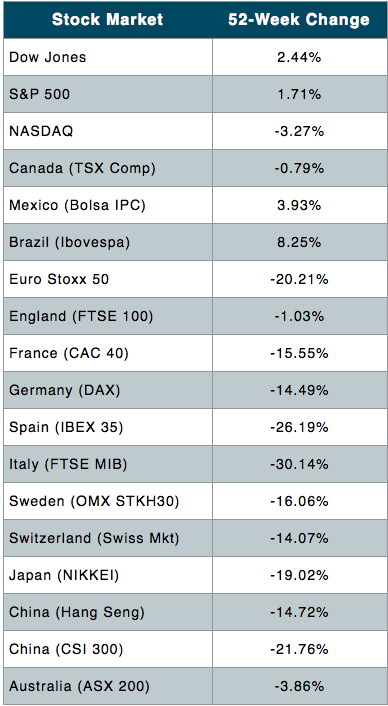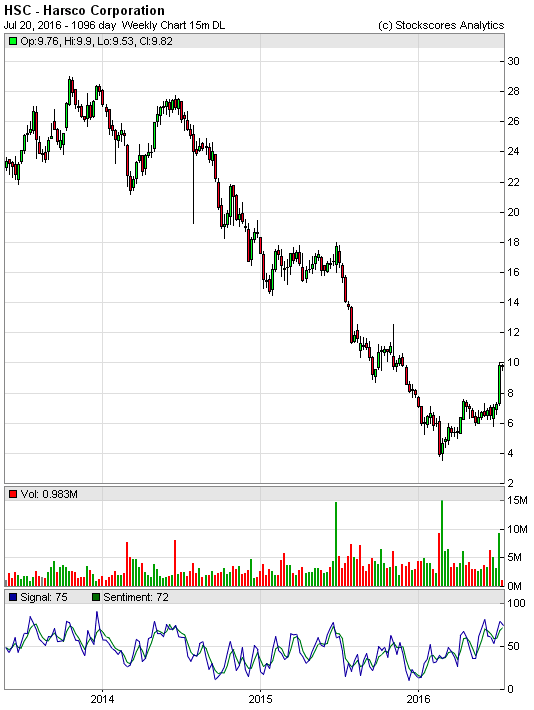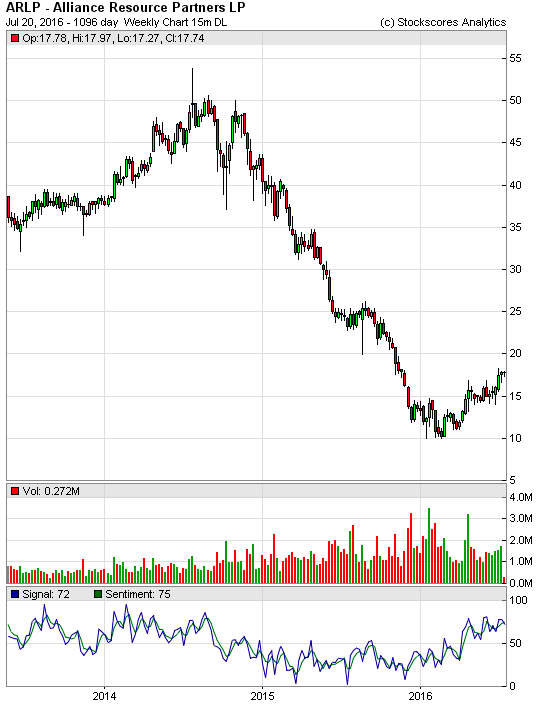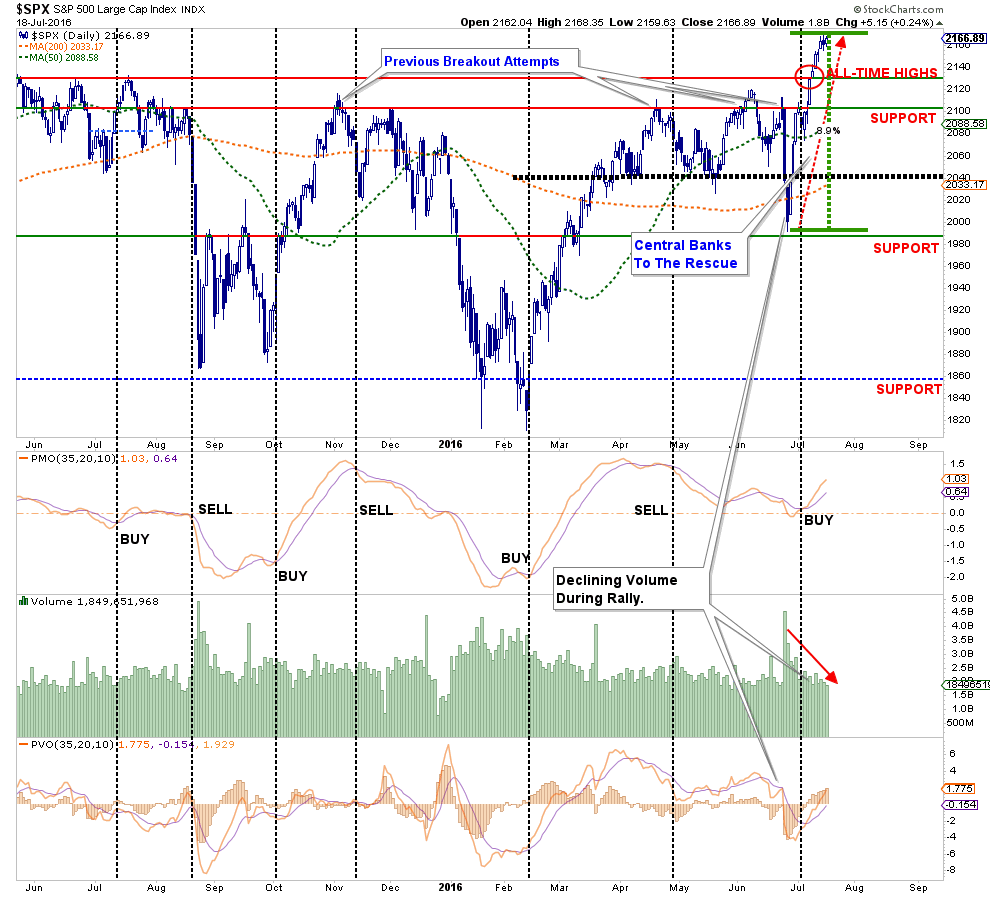Wealth Building Strategies
“Today’s money,” says economist George Gilder, “tries to cheat time. And you can’t do that.”
It may not cheat time, but it cheats far easier marks – consumers, investors, and entrepreneurs.
It took us a moment to understand what Gilder meant. Then we realized he’s right.
Time is the ultimate limitation… the ultimate truth… the ultimate fact.
Time the Taskmaster
You’ll recall. There are facts and there are myths. The facts are true no matter what you think. Everything else is opinion, conjecture, or claptrap.
Elizabeth, your editor’s wife, has a different relationship with time than he does. He sees it as a taskmaster… strict and unyielding.
The sun rises. It sets. If you goof off during the daylight hours, the opportunity will be gone forever. That part of your life will evaporate, like the morning dew, never to be seen again.
Elizabeth takes it personally. If she is running late, she expects time to slow down and wait for her. She thinks the sun ought to linger a little longer before saying goodnight… giving her time to finish her email before starting dinner.
She is annoyed when it doesn’t.
Elizabeth treats time like a movie she is watching on her computer. When the telephone rings in the middle of it, she wants to put time on hold, until she is ready for it to resume… or even push a button to make time back up, so she can relive particularly interesting segments.
“The party starts at seven; it’s already quarter after; we’re late,” we say grumpily, after waiting in the car.
“Well, maybe you could drive a little faster so we could get there on time.”
 No More Real Money
No More Real Money
Alas, time does not cooperate.
Time is a “fact,” not a myth. It does not back up. No matter how much you wish it would slow down… or what you think about it… time moves on.
Real money is similarly indifferent to the wishes of tardy commuters, cash-short consumers, and manipulating Fed chiefs.
Like the ancient Greek Moirai, the goddesses who measured out the thread of life, real money is beyond the control of man.
The last of the three goddesses, Atropos, was known as “she who cannot be turned.” It was she who cut the thread when your time came to an end.
Real money, like real time, cannot be jigged or jived. It can’t be stretched or compressed. It is what it is.
But that was then… pre-1971. This is now.
Now, we have no more real money. Instead, the world has a gaggle of imposters – the dollar, the euro, the yen – all stage managed by benighted central bankers.
The miracle of real modern money – which has been around only for a few thousand years – is that it could function across time and space. It allowed people to trade with others far away who they didn’t know, often crossing language, cultural and religious barriers.
Money in hand, the deal was done. It made no difference what they thought or what happened to them later.
Money made it possible to accumulate wealth (capital), too.
A crop of tomatoes or lettuce might be worthless in a few days. But with money, the farmer could hold the real value of his past work far into the future. Using money, he could also invest the fruits of his labor in new and more fruitful projects.
Rigged System
The new money substitute, which we’ve lived with for 45 years, is a fraud.
A dollar in 1971 is worth about 17 cents today. In other words, it has lost roughly 80% of its buying power. Had you been counting on it to preserve the value of your work from the previous decade, it robbed you of everything from 1960 to 1968.
The phony dollar has misled an entire generation into spending money it didn’t really have… doubling or tripling its debt-to-earnings ratio… and shifting more and more of its real wealth to the least productive people – the Parasitocracy.
In 1971, the financial services industry was just 1.25% of GDP. Today, it’s more than three times that much. In terms of real output, finance is still tiny. But that’s now where the money is!
Here’s an item from Monday’s paper: The biggest six banks in America raised their CEO pay by 7.6% last year – about three times faster than GDP growth.
The “Big Six” executives now earn an average of $13.1 million a year. JPMorgan Chase boss Jamie Dimon is in the lead with a $27.6 million pay package.
The richest 1% of the population, meanwhile, has increased its share of national wealth from 25% to 40%. And the richest 1/10th of 1% has done even better – going from 10% of national income in 1971 to 20% today.
Lucky?
Not really. The system was rigged with the new money.
More to come… as we continue connecting the dots between our money, our economy, and our Parasitocracy.
Stay tuned…
Regards,
Bill
The U.S. stock market is gracing all-time highs, but look abroad and you get a very different picture…
As you can see, many foreign markets are in or near bear market levels (defined as a drop of 20% or more from the high).

Bear markets are a great time to pick up great assets on the cheap. So if you want to find good value for your dollar, you should look abroad.
In Bonner Private Portfolio, we currently own just five stocks. One is Swiss and one is French. Thanks to Europe’s troubled markets, we were able to purchase these stocks at about half their all-time highs. Yet they are global companies that do most of their business outside of their home countries.
You can buy these stocks just as easily as you would buy IBM or Microsoft. No fancy brokerage account needed. The public disclosures are in English. They are not hard to follow. And they have a long history of paying dividends and are rock solid financially.
My senior analyst and I continue to fish in these beaten-up markets for more Private Portfolio bargains…
We just returned from a ten-day trip through Italy. Italy is one of the cheaper stock markets in the world, based on a weighting of various factors like price to earnings.
The Italians often get unfairly pegged as lazy Southern Europeans who don’t want to work. In Milan, we visited the stock exchange. The sculpture in front of it probably doesn’t help this image:
 “The Finger,” by Maurizio Cattelan, was donated to the city of Milan in 2010. It stands before the Italian Stock Exchange.
|
But the truth is, the Italians put in more hours than the Germans. (As one of my friends joked, “The Italians love capitalism. Look at the mafia.”) And Northern Italy is on par with Germany in terms of productivity. Moreover, there are some great companies and brands in Italy, all based in the north: Luxottica (maker of Ray Ban sunglasses), Ferrari, and Giorgio Armani to name a few.
Right now, we’re investigating a basket of Italian stocks with fantastic, undervalued assets. And our field trip yielded some interesting insights about the broader markets as well… We’ll be sharing these with our partners in the next issue of Bonner Private Portfolio.
The recommendation I leave you with today is this: The U.S. stock markets are at all-time highs. If you want to find bargain stocks, go abroad.
related:
Check out the two stocks from Tyler Bollhorn’s Strategy of the week – Stockscores Weekly Perspectives

 Most of what passes for modern monetary policy is nothing more than one assumption piled upon another (and then another, and so on). Taken for granted for so long, rarely are these unproven precepts ever challenged to justify themselves to the minimal standard of internal consistency, let alone prove discrete validity by parts. The latest is “helicopter money”, another sham in a long line of them proffered by at least one central bank today because it knows, as the others, nothing they have done has worked.
Most of what passes for modern monetary policy is nothing more than one assumption piled upon another (and then another, and so on). Taken for granted for so long, rarely are these unproven precepts ever challenged to justify themselves to the minimal standard of internal consistency, let alone prove discrete validity by parts. The latest is “helicopter money”, another sham in a long line of them proffered by at least one central bank today because it knows, as the others, nothing they have done has worked.
The fact that the world is even discussing the helicopter option should instill great skepticism as a first impulse, not more rabid faith. The way this latest scheme is being described is exactly the same as quantitative easing was really not that long ago.….continue reading HERE
related:
‘Soon’ And ‘Really, Really Crazy’: Starting Up The Helicopters

 Summary
Summary
Our bullish dollar outlook was based on divergence and we judge it to still be intact.
The Dollar Index has been trading broadly sideways since March 2015, but never did more than a minimum retacement of its earlier rally.
The Dollar index is at it highest level since March today.
related:
On Bitcoin: A New Asset Class Worth Owning

Yesterday, I discussed the importance of risk management and reviewed the 15-rules that drive my portfolio management discipline. I needed to lay that groundwork for today’s discussion of why those rules need to be implemented right now.
As shown in the chart below, the market has currently surged nearly 9% from the “Brexit” fear lows driven by a massive increase in Central Bank interventions.
The problem, as I have pointed out previously, continues to be that while prices are increasing, that increase in price is coming at the expense of declining volume. While volume is not a great timing indicator for trading purposes, it does provide insight to the “conviction” of participants to the advance of the market.
But do not be mistaken about the importance of the drivers behind the advance. As Doug Kass recently penned:
….continue reading and view larger charts HERE
also:
Don’t miss Michael Campbell’s Daily Comment – Time For Concern

Included in this issue: Strategy of the Week and Two Stocks that meet that strategy

![]()
In This Week’s Issue:
– Stockscores’ Market Minutes Video – How to Play a Slow Summer Market
– Stockscores Trader Training – Good Traders Are Fussy
– Stock Features of the Week – Long Term Reversals
Stockscores Market Minutes Video – How to Play a Slow Summer Market
Many traders find the summer months a frustrating time to trade. This week, I discuss a few simple things to keep in mind when trading a slow summer market. Click Here to Watch To get instant updates when I upload a new video, subscribe to the Stockscores YouTube Channel
Trader Training – Good Traders Are Fussy
Traders, particularly those who need to make money rather than those who would like to make money, tend to have a fear of missing out. They hear about a trading idea or find an opportunity with their own effort and make the trade with less thought than they might put into buying a microwave. They can invest thousands of dollars on an impulse, much like the drunken gambler who throws down $1000 on Five Red.
One reason for this sort of reckless approach to trading is the belief that trading ideas are like gifts. They only come along from time to time and you should feel grateful for the opportunity. If you spend 10 hours researching a company or receive the occasional bit of insight from someone who should know more than the rest of us, it’s easy to understand why you wouldn’t want to let a seemingly promising trade slip through your fingers. The problem is that this gratitude for trading ideas leads you to lower your standards and place trades that are not much more than a gamble.
Have you ever made a trade and then, just a few minutes or days later, asked yourself what the heck you were thinking? If you are normal, then it’s likely that you have because it is easy to focus on the dream of making a profit. You should focus your attention on the trading situation as it has been presented to you by the market rather than the words of an expert. Some trading opportunities are so well marketed that it’s hard to see the truth because you fixate on the profit potential that has been dangled before you as the prize.
It is critical to only take trades that meet the criteria of a strategy that you have found to have a positive expected value. Rather than look for a reason to take the trade, which is easy, look for a reason not to. Ask yourself, “If I buy this stock, who will be selling to me, and what does she know that I don’t know?” Looking at the other side of the argument will often highlight considerations that you have missed.
Being fussy is a lot easier when you recognize that the market-even a slow market-will give you opportunities. The markets have been pretty quiet this year but there are still stocks outperforming the market every day.
And if you can’t find a trade today, tomorrow or in the next week, eventually you will. There is always another bus coming down the road. If you miss one, just wait for the next.
I have found that you will actually make more money by trading less. If you maintain a very high standard for what trades you make, you will always pass on some trades that end up doing very well. By being selective, however, you will also avoid many marginal trades that would tie up your capital and then incur a loss. By being fussy and trading less, you end up taking only the very best trades and your results will be better overall.
It is easy to be fussy when the market is strong and there are lots of opportunities. It’s like fishing when every time you cast your line you get a bite. With that kind of success, you will quickly throw back any fish that is too small because you know there’s going to be something better coming along soon. You only take the best of the best.
When the fish stop biting and you spend hours with no bounty, you take the first fish that grabs your hook. It could be a tiny fish that you would never keep on even an average day, but with your desire to catch something, you keep it anyway. It would be better to have just not gone fishing at all.
You’ll do the same thing when trading a slow market. Eager to make a profit, you will take trades that show some potential even if they don’t meet all of your requirements. You will work hard to uncover a trade rather than wait for the obvious no-brainer trades that you take when the market is in a giving mood.
I like to say that in trading, when the going gets tough, the tough get lazy. You can’t control the market, so if the market is not giving you opportunities, it’s better to do nothing. Your hard work will not change what the market does.
This is hard for many people who have been programmed to relate hard work to success. If you try harder than the next person in a sport, you should get a better result. If you study harder for an exam, you should get a better mark. If you work longer hours at your job, you should make more money. In the stock market, if you work harder to find good trades, you will probably lose money.
The best trades are easy to find. Working hard to uncover something leads you to find questionable trades that you have to talk yourself into. It’s better to walk away when you have doubts.
This is not to say that hard work is not rewarded in trading. Traders who work hard at practicing their analytical skills or developing new strategies will be rewarded. People who devote their time and effort to improving their emotional control will be better traders. These are things that you can control and affect with hard work, but hard work won’t change what the stock market does.
This week, I decided to take two of the picks sent to me by one of my students. Both show good long term turnaround charts, the kind of picks you would focus on with the Stockscores Simple Weekly strategy. This strategy looks for stocks where the anticipated hold period is measured in months or even years.
1. HSC
HSC has broken the downward trend line and is now making an abnormal break to the upside from a rising bottom. Support at $5.90.

2. ARLP
ARLP has a similar chart pattern to HSC, as it is now breaking up from a rising bottom after breaking the long term downward trend line. Support at $14.

related: Critical Inflection Point
References
- Get the Stockscore on any of over 20,000 North American stocks.
- Background on the theories used by Stockscores.
- Strategies that can help you find new opportunities.
- Scan the market using extensive filter criteria.
- Build a portfolio of stocks and view a slide show of their charts.
- See which sectors are leading the market, and their components.
Disclaimer
This is not an investment advisory, and should not be used to make investment decisions. Information in Stockscores Perspectives is often opinionated and should be considered for information purposes only. No stock exchange anywhere has approved or disapproved of the information contained herein. There is no express or implied solicitation to buy or sell securities. The writers and editors of Perspectives may have positions in the stocks discussed above and may trade in the stocks mentioned. Don’t consider buying or selling any stock without conducting your own due diligenc














